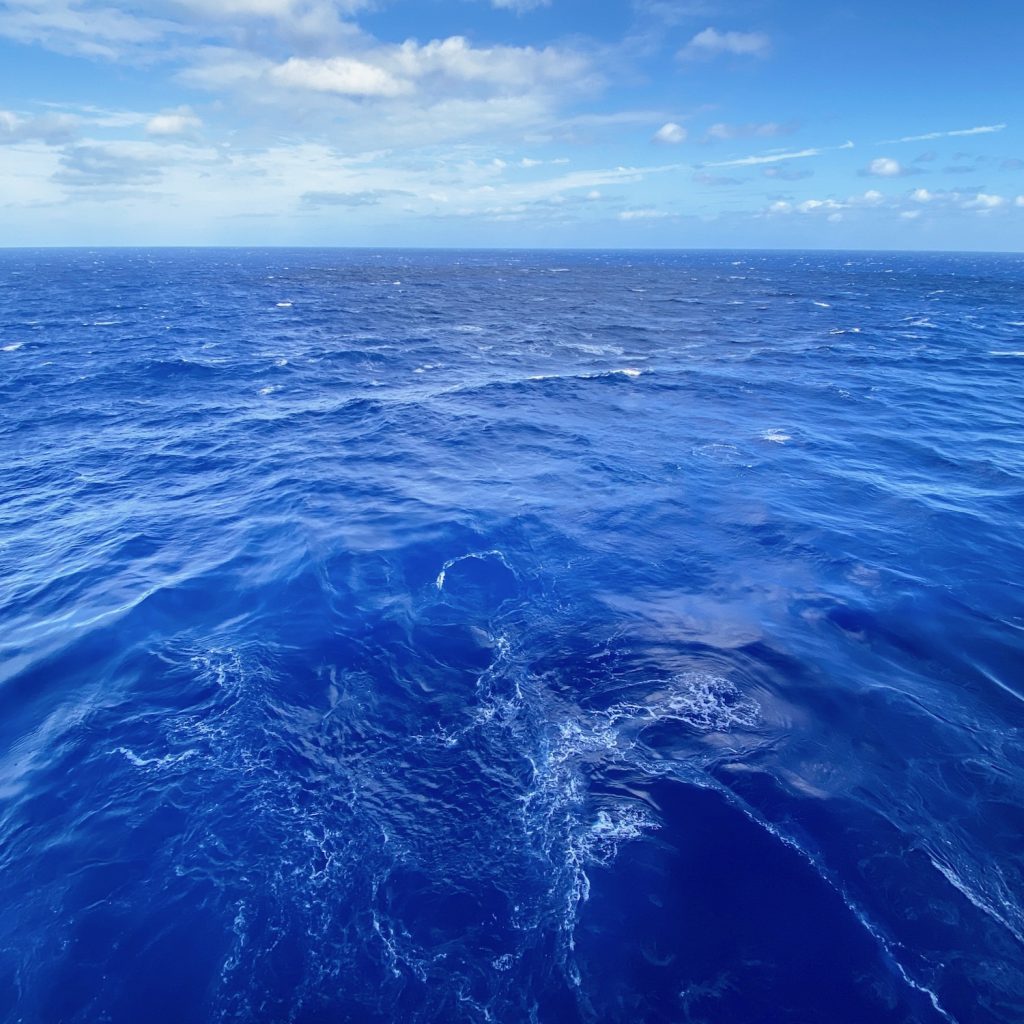Washington: Researchers now know more about how the Indian Ocean dipole originally formed, helping them better understand and predict how climate change can impact it, according to a study.
This complementary weather-causing phenomenon can cause seawater temperatures on one side of the Indian Ocean to be so much warmer or cooler than the temperatures on the other, which can lead to sometimes deadly weather-related events like megadroughts in East Africa and severe flooding in Indonesia, the study said.
The new analysis makes use of long-term climate data and was conducted by an international team of scientists led by Brown University, US. The analysis compares 10,000 years of past climate conditions reconstructed from different sets of geological records to simulations from an advanced climate model, the study said.
The findings, published in the journal Science Advances, showed that about 18,000 to 15,000 years ago, as a result of melted freshwater from the massive glacier that once covered much of North America pouring into the North Atlantic, ocean currents that kept the Atlantic Ocean warm weakened, setting off a chain of events in response.
The weakening of the system ultimately led to the strengthening of an atmospheric loop in the Indian Ocean that keeps warmer water on one side and cooler water on the other, the study said.
This extreme weather pattern, known as a dipole, prompts one side, either east or west, to have higher-than-average rainfall and the other to have a widespread drought. The researchers saw examples of this pattern in both the historical data they studied and the model’s simulation, the study said.
The scientists said that the findings could help scientists not only better understand the mechanisms behind the east-west dipole in the Indian Ocean, but could one day help to produce more effective forecasts of drought and flood in the region.
“We know that in the present-day, gradients in the temperature of the Indian Ocean are important to rainfall and drought patterns, especially in East Africa, but it’s been challenging to show that those gradients change on long time-scales and to link them to long-term rainfall and drought patterns on both sides of the Indian Ocean,” said James Russell, a study author and professor at Brown.
“We now have a mechanistic basis to understand why some of the longer-term changes in rainfall patterns in the two regions have changed through time,” said Russell.
In the paper, the researchers explain the mechanisms behind how the Indian Ocean dipole they studied formed and the weather-related events it led to during the period they looked at, which covered the end of the last Ice Age and the start of the current geological epoch.
The researchers characterised the dipole as an east-west dipole where the water on the western side – which borders modern-day East African countries like Kenya, Ethiopia and Somalia – is cooler than the water on eastern side toward Indonesia.
They saw that the warmer water conditions of the dipole brought greater rainfall to Indonesia, while the cooler water brought much drier weather to East Africa.
That fit into what was often seen in recent Indian Ocean dipole events, the study said.
In October, for example, heavy rain led to floods and landslides in Indonesian islands of Java and Sulawesi, leaving four people dead and impacting over 30,000 people.
On the opposite end, Ethiopia, Kenya and Somalia experienced intense droughts starting in 2020 that threatened to cause famine.
The changes the authors observed 17,000 years ago were even more extreme, including the complete drying of Lake Victoria – one of the largest lakes on Earth, the study said.
“Essentially, the dipole intensifies dry conditions and wet conditions that could result in extreme events like multi-year or decades-long dry events in East Africa and flooding events in South Indonesia,” said Xiaojing Du from Brown University and the study’s lead author.
“These are events that impact people’s lives and also agriculture in those regions. Understanding the dipole can help us better predict and better prepare for future climate change,” said Du.
–PTI
